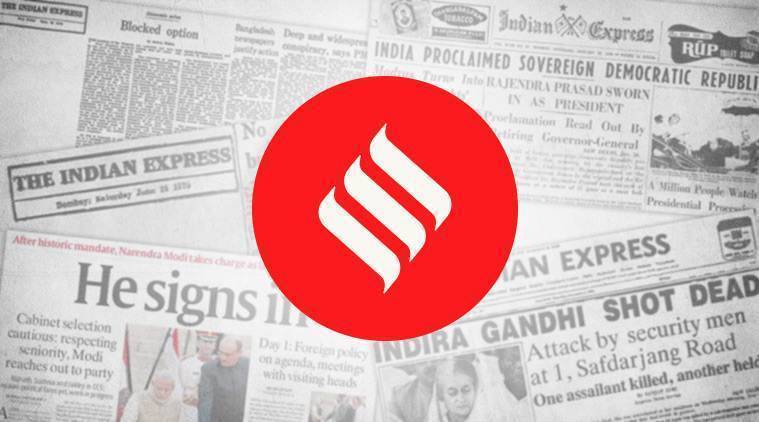 Creation of large makeshift hospitals in Mumbai has partly addressed the shortage of beds in the city.
Creation of large makeshift hospitals in Mumbai has partly addressed the shortage of beds in the city.
Maharashtra has been the bellwether state in India amid the coronavirus pandemic. It is heartening, therefore, to see the state report a slowdown in the spread of the disease over an extended period of time. The decline in the cumulative daily growth rate of coronavirus numbers in Maharashtra, which began in May, has continued through June, and has dragged down the national growth rate as well. There is evidence to suggest that some interventions by the state government in the last two months might be showing a positive impact.
Creation of large makeshift hospitals in Mumbai has partly addressed the shortage of beds in the city. A large proportion of the new bed capacity created by the state is equipped with oxygen support which can prove to be life-saving in critical patients. Mumbai authorities also seem to have done well in identifying and tracing the primary contacts of infected patients. Dharavi, at least for now, is not turning into the nightmare that it could have been.
As Delhi looks set to overtake Mumbai as the city with the maximum number of infections, there can be important learnings that the national capital could borrow, and indeed other hot spots can emulate as well. Provision for oxygen-supported beds, mobile dispensaries and neighbourhood flu clinics, door-to-door surveillance and tracing of primary and secondary contacts are some of the things that Mumbai seems to have done with some success, that need to be replicated elsewhere. Delhi appears to be struggling right now, and has one of the fastest growing COVID numbers. It needs to act fast.
At the same time, the battle is not yet won for Mumbai and Maharashtra. Far from it. Apart from the fact that the trends can change anytime, there is also the problem of misinterpreting data. The numbers that get reported everyday — new cases and deaths — are not the numbers for that particular day only. There is often a time lag in reporting cases, and therefore a lot of the backlog gets added every day. Spotting growth trends with this kind of data can prove to be erroneous. Also, there is the issue of nearly stagnant testing numbers in Mumbai — it is quite possible that a large number of positive cases are not getting captured and reported. Maharashtra, therefore, needs to build on its efforts and continue to consolidate the small gains, carefully. The time for lowering the guard has not yet come.